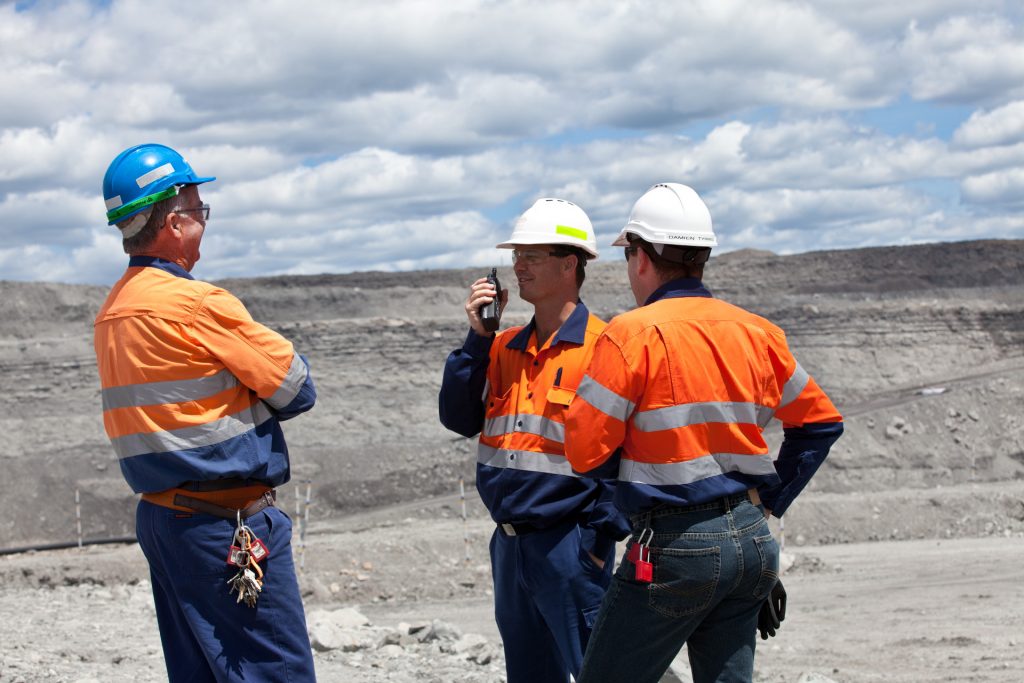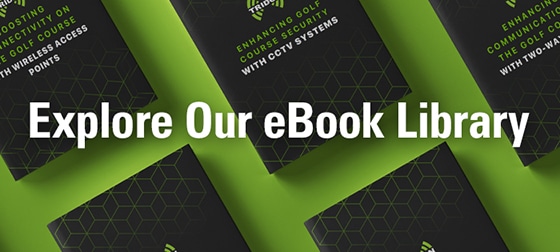
When you manage a mining operation in Western Canada, safety and productivity are always top priorities. With that in mind, there’s no better way to ensure both than by investing in two-way radios for your employees.
Not only do two-way radios cut down on costs associated with dispatching personnel or providing them with personal communication devices, but they have also been recommended by the Mine Safety and Health Administration (MSHA) as an essential tool for streamlining operations and keeping miners safe.
Discover what MSHA is and explore what two-way radios it recommends for your mining sites so you can get the most out of your investment.
What Is MSHA and Why Is It Important
MSHA stands for Mine Safety and Health Administration, which is an agency of the U.S. Department of Labor that oversees safety in the nation’s mines. The primary mission of MSHA is to ensure safe and healthful working conditions for miners by enforcing the Federal Mine Safety and Health Act (FMSHRA) of 1977. This law requires mine operators to develop and implement hazard-specific safety plans, provide training to miners, inspect mines on a regular basis, report accidents and violations promptly, and maintain records of all activities related to safety and health.
The importance of MSHA regulations in Edmonton and Calgary, Alberta can be seen in its enforcement power. Citations issued by the agency may include orders to immediately cease operations or take other corrective action, as well as fines and other penalties. MSHA also plays an important role in the development of new safety technology for underground mining operations, including communication systems aimed at improving miner safety. These systems have been instrumental in helping miners stay safe and connected while they are working underground.
MSHA is also responsible for regulating a variety of underground mining tools and equipment to ensure that they meet necessary standards for safe operation. This includes inspecting machinery for proper maintenance, along with monitoring ventilation systems to prevent buildup of hazardous materials. In addition, MSHA inspects mining sites regularly to guarantee that workers are following established safety regulations and using appropriate protective gear.
Because mines can be dangerous places to work, it is vital that operators comply with all applicable MSHA regulations and standards. Properly enforced safety protocols can save lives, protect workers’ rights, and ultimately help the mining industry run more smoothly and efficiently.
MSHA Recommended Two-Way Radios in Alberta
MSHA proposed two-way radios are essential for underground mining communication systems. They provide a reliable and effective way to communicate both above and below ground, providing vital safety information to workers in harsh conditions.
Two-way radios require relatively low power levels compared to other methods of communication, making them ideal for underground use where power sources may be scarce or difficult to reach. With no physical infrastructure needed – such as wires or cables – two-way radios also offer convenience, flexibility, and cost savings when used in mining communications networks.
These radios are designed to operate reliably in harsh underground environments. They feature rugged construction with waterproof housings, are intrinsically safe, have impact-resistant exteriors, and high temperature capabilities. Additionally, these two-way radios come with enhanced audio clarity technology to reduce background noise and offer clear sound even in noisy environments.
In addition to providing a secure and reliable way to communicate underground, these two-way radios also help reduce the risk of accidents in mining operations. By providing workers with a fast method of communication, they can alert supervisors in case of an emergency or alert colleagues that there is a hazardous situation in their vicinity. This helps ensure that everyone remains safe while working in hazardous environments.
Collection events are another option for disposing of two-way radio batteries. Many cities and counties host collection events that allow residents to drop off their hazardous waste in designated areas. These collection events typically occur at least once a year, so check with your local government for more information on upcoming collection events near you.
Mail-in programs are another way to safely dispose of old two-way radio batteries. With a mail-in program, you can send your used battery to approved companies who will recycle it properly and safely. Most mail-in programs charge a fee for recycling services but provide an easy and convenient solution for getting rid of your old two-way radio batteries without having to leave your home.
Motorola HT750
Kenwood TK-290 and TK-390
Best Practices for the Mining Industry in Western Canada
Coms
The mining industry is unique in its requirements for communication. Underground mines often lack reliable cellular or Wi-Fi networks, making traditional communications methods unusable. This has made it necessary for miners to rely on specialized underground communication systems that are tailored to their specific needs.
Mining radio communication systems provide a secure and reliable way for miners to stay in contact with others while they work deep underground. These systems use dedicated frequencies which allow miners to communicate with each other without interference from external sources such as cell phones, television signals, or radio waves from other nearby mines.
Utilize Safety Measures
Invest in the Latest Technology
Contact Tridon Communications Today
Not only do two-way radios improve safety in the workplace, but they also help ensure that critical information and messages are heard by miners in a timely manner. Therefore, if your mining business needs a more efficient way of communication and safety, investing in two-way radios should be one of your main priorities.
Contact Tridon Communications to learn more about MSHA two-way radios today.



